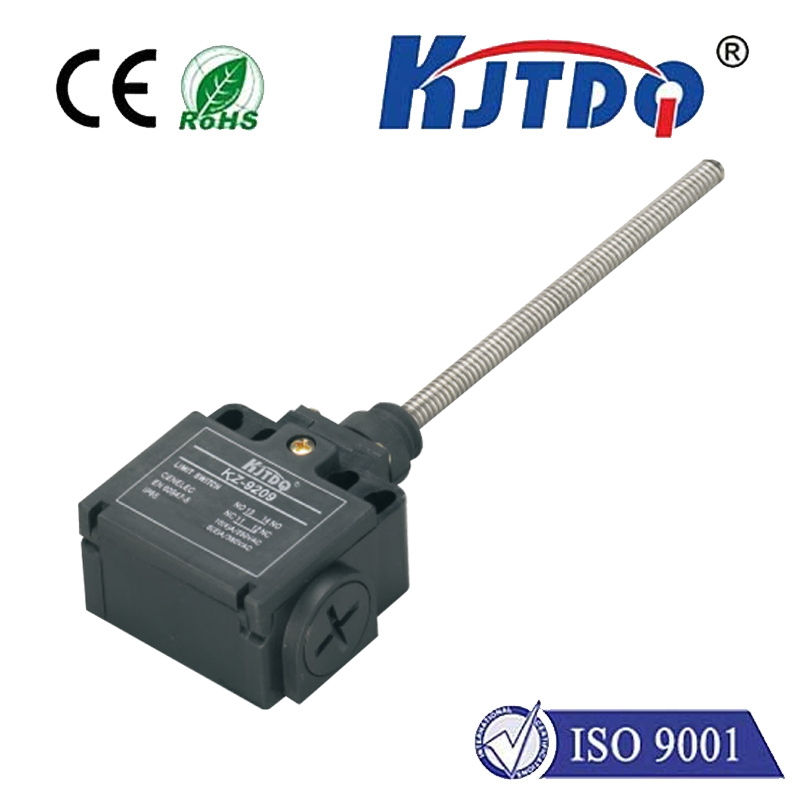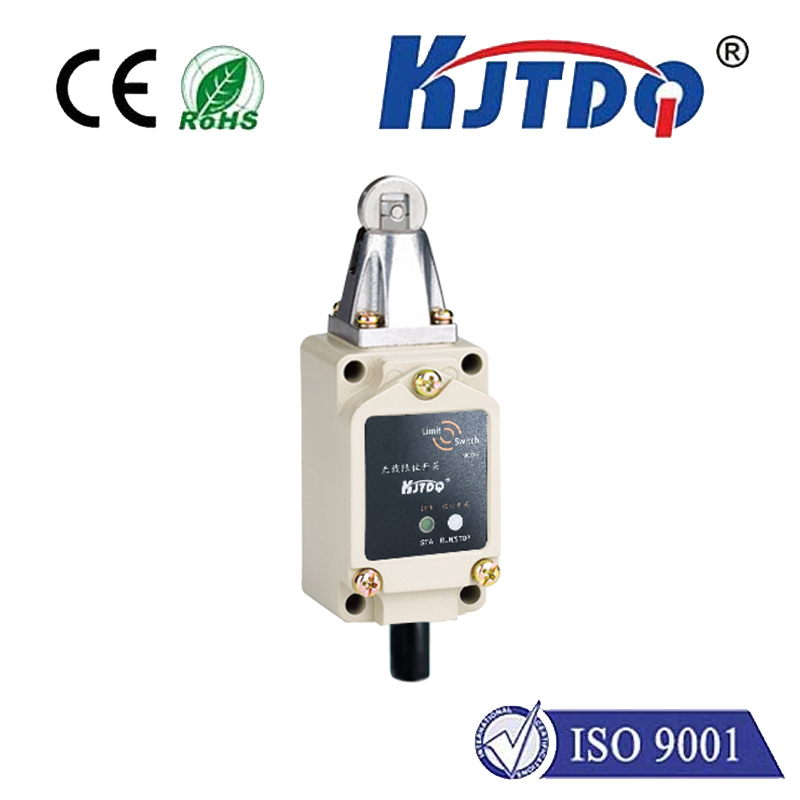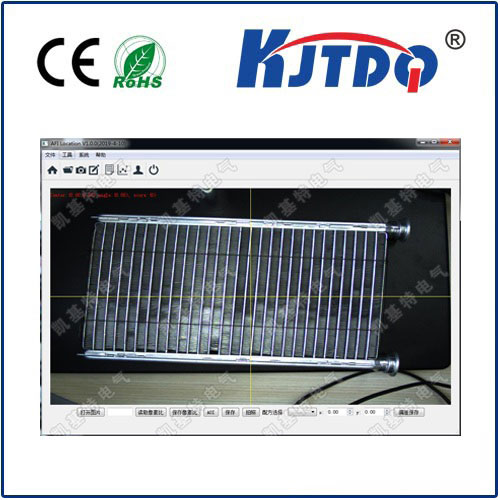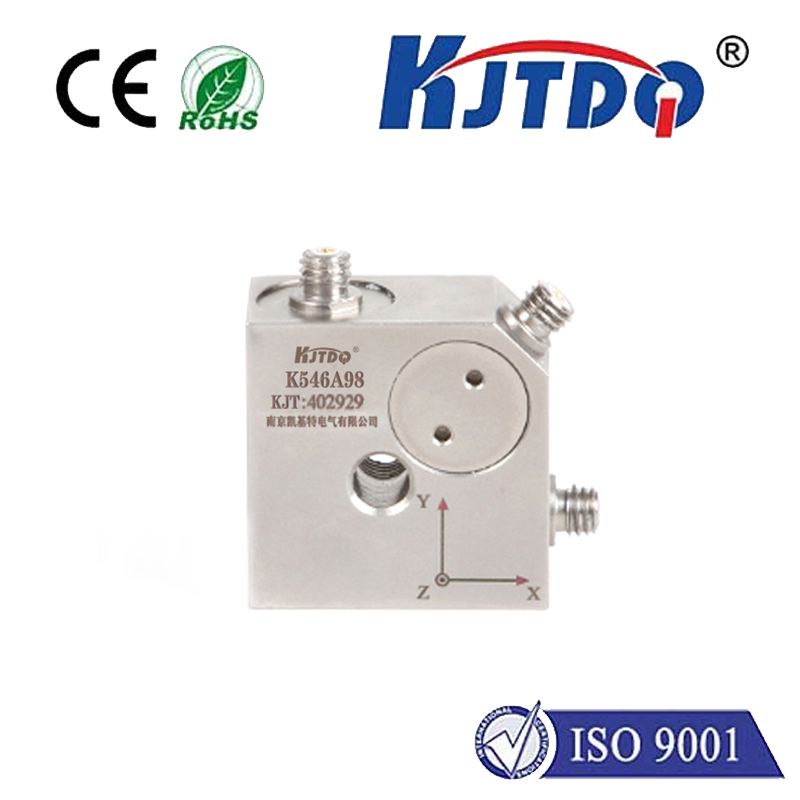

In the world of electrical engineering, the language of symbols plays a crucial role. These visual representations help technicians and engineers understand the functions of various equipment more quickly and effectively. Two key symbols that frequently appear in the context of electrical switches are 'ON' and 'OFF', represented by a circle with an intersecting line through it. However, for those seeking to expand their understanding of switch symbols beyond these familiar icons, it is important to know about the use of 'CLOSED' and 'OPEN'.
These terms are used specifically in the context of proximity switches or contactor switches. In general, a switch is an electrical device that turns a power source on or off based on some form of internal or external condition. A proximity switch, also known as a contactor switch, works by monitoring the distance between its two contacts. When the switch is brought into close proximity (usually less than a few centimeter), it opens; when it is separated further (often several centimeters), it closes.
The symbols for 'CLOSED' and 'OPEN' often resemble each other, but with subtle differences. The closed symbol typically includes a small circle within the line, while the open symbol has an intersecting line within the circle. This difference can be critical in certain contexts, where a precise representation of the switch state is required. It is also worth noting that different manufacturers may use slightly different variations of these symbols, so it pays to become familiar with the specific ones used by your equipment or supplier.
In summary, understanding the meanings behind 'CLOSED' and 'OPEN' switch symbols is essential for anyone working in the field of electrical engineering or related fields. By familiarizing yourself with these symbols, you can ensure that you are accurately interpreting the state of your equipment and making informed decisions about its operation.









